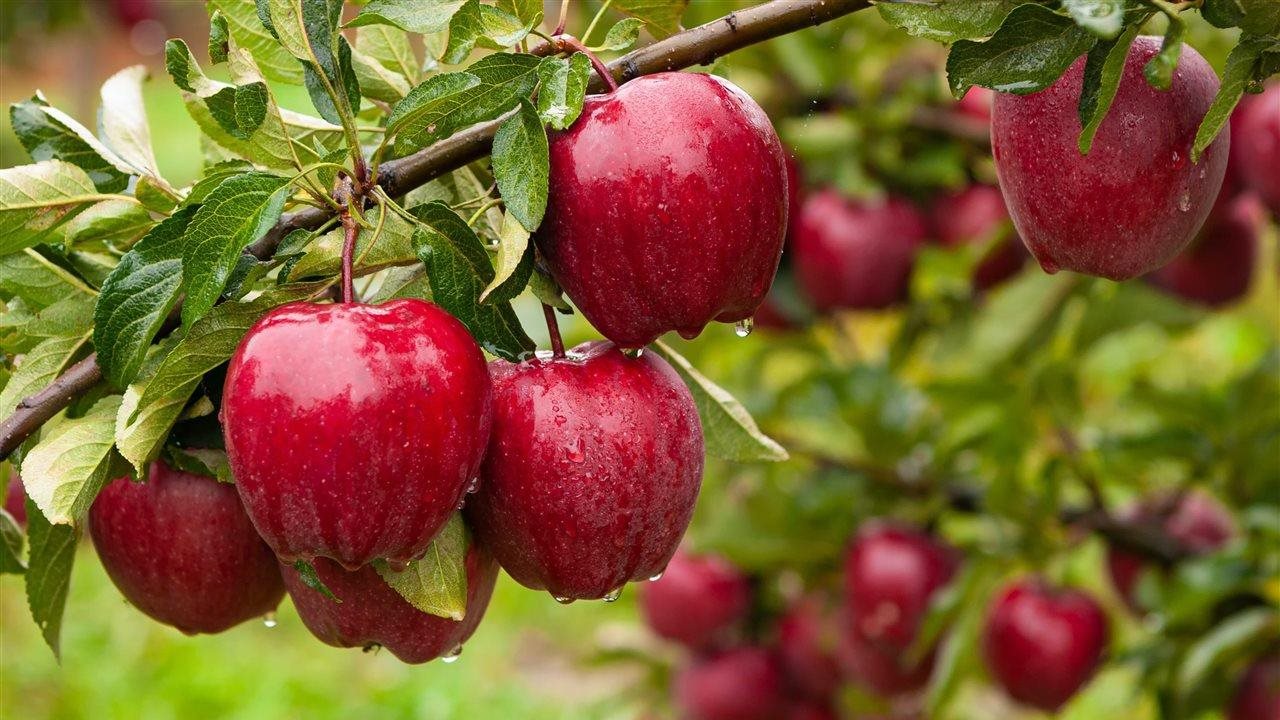
(BPT) – On a hot and humid evening in July, two farmers finished up their long day in the field, five national media journalists took a break from impending deadlines and two dietitians wrapped up their daily meetings with clients and logged into a video conference to participate in the third Dinner is Grown event hosted by BASF Agricultural Solutions.
Paul Rea, senior vice president for BASF Agricultural Solutions North America, opened the virtual event live from the company’s new Sustainability Center. He welcomed the diverse audience to participate in a conversation about sustainability in agriculture and how food gets from the farm to America’s dinner plates. What seemed to be a straightforward and simple conversation on the surface was rather complex and enlightening.
“The purpose of Dinner is Grown is about bringing people together — farmers and members of the media — to learn from one another and bridge the gap from the farm to the table,” said Rea. “We know consumers still have a lot of questions around agriculture and this event provides a platform to have those conversations.”
The topic of carbon kicked off the evening, and farmers Matt Mayer from Northeast Iowa and Rob Fleming of North Carolina shared their thoughts and fielded questions on everything from strip tilling to nitrogen fixers.
Mayer grew up on his family farm. He said he stumbled into regenerative agriculture after realizing there must be a better, more efficient way to farm.
“We began to track our trips and our fertilizer, and we actually created the carbon footprint of our farm. So, we knew exactly how much carbon we were sequestering and on average on our 160-acre farm, we were removing the equivalent of 62 cars off the road.”
“We’re not making more farmland, so we’re going to have to do well with what we have,” added Mayer.
Fleming agreed. “Our soil is our number one asset. It’s something that we must keep healthy. My job is to leave the land better than when I got it 40 years ago.”
After nearly an hour of engaging conversation, the question remained, are we adequately communicating with consumers about what farmers do to produce safe and reliable food?
Melissa Joy Dobbins, a dietitian, provided insight from her clients.
“I don’t think people are skeptical or distrusting of farming. I think they don’t know what they don’t know, and the more we talk about these new and exciting things going on at the farm, no till, strip till, carbon sequestration, that these terms become more common, and that people realize the science and business that goes into farming. We need to get people closer to the farm. There’s still a huge disconnect.”
“The persona of the farmer needs to change,” said Cara Harbstreet, a dietitian from Kansas City. “It’s not about facts and figures, but about storytelling.”
“I think there has been this attitude of paternalism that experts or the industry knows best, we’ll release some of this information or make it available or offer transparency on our terms. Younger audiences aren’t settling for that anymore,” added Harbstreet.
Padma Commuri, director, Research & Development for BASF Agricultural Solutions North America, agreed.
“Companies like us, we are producing food at farm level, but we don’t translate the value of what we are producing at the table level. So, I think we need to bridge that farm-to-table connection of the crops that we are producing and how that translates to a meaningful value to the consumer.”
This led to head nods from everyone and for Fleming, an acknowledgment that farmers cannot do it alone.
“When you farm, you wear a lot of hats: You’re a scientist, a meteorologist, a businessman and a marketer. We need to do a better job of making the connection — for the consumer — from the crop to the table and why it’s meaningful to them.”
“U.S. farmers are full of pride,” said Fleming. “We don’t just want to take care of our families; we want to take care of you. We have a story to tell and one that should resonate with consumers, but we need a vehicle to share that story.”
Participating journalists included: Laura Reiley, The Washington Post; Kirk Maltais, The Wall Street Journal; Tatyanna Monnay, Politico; Pam Smith, The Progressive Farmer; Rachel Stearns, Eating Well; Cara Harbstreet, dietitian and Melissa Joy Dobbins, dietitian.
